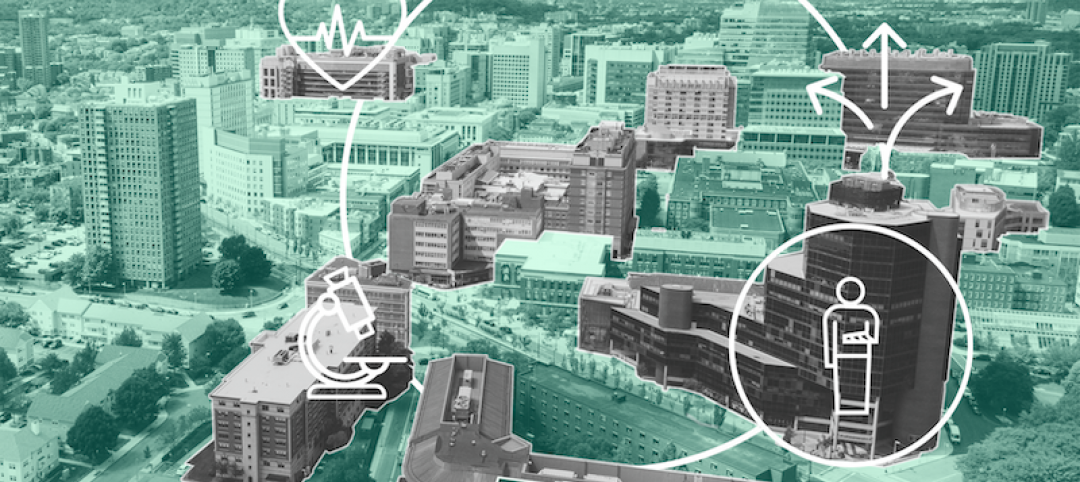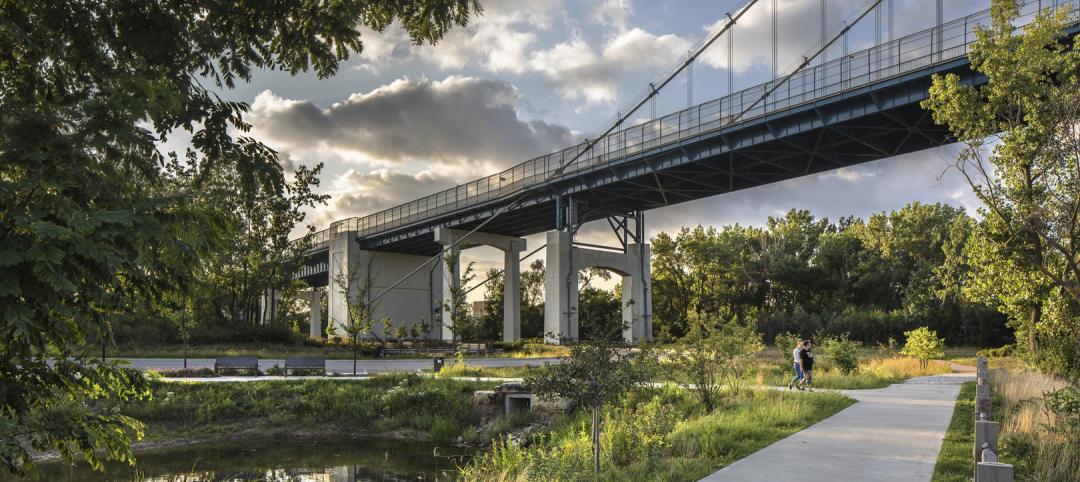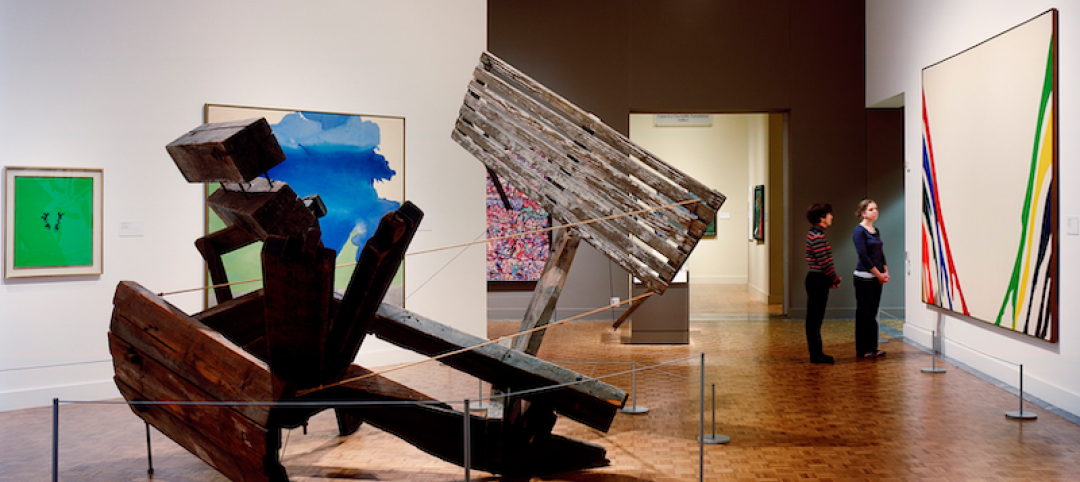In the 1970s and 80s, Americans of all ages flocked to suburban shopping malls in droves. Not only did these centers offer retail, dining and entertainment opportunities abound, they also served as beloved community and gathering spaces. According to statistica.com, America had 30,000 shopping malls in 1970 and an astounding 116,000 shopping malls by 2017. However, as the 2000s gave rise to online retailers and sparked an evolution in consumer preferences, the once bustling establishments steadily declined in popularity. Many retail outlets never recovered from this slide. As scores of brick-and-mortar retailers continued to downsize or fold entirely—with a new wave of companies failing in the wake of the COVID-19 pandemic, and more projected to follow—communities that once housed these iconic destinations were left with a surplus of vacant properties. Today, developers and design partners with an eye on the future are coming together to reimagine how these facilities can create a new generation of mixed-use opportunities.
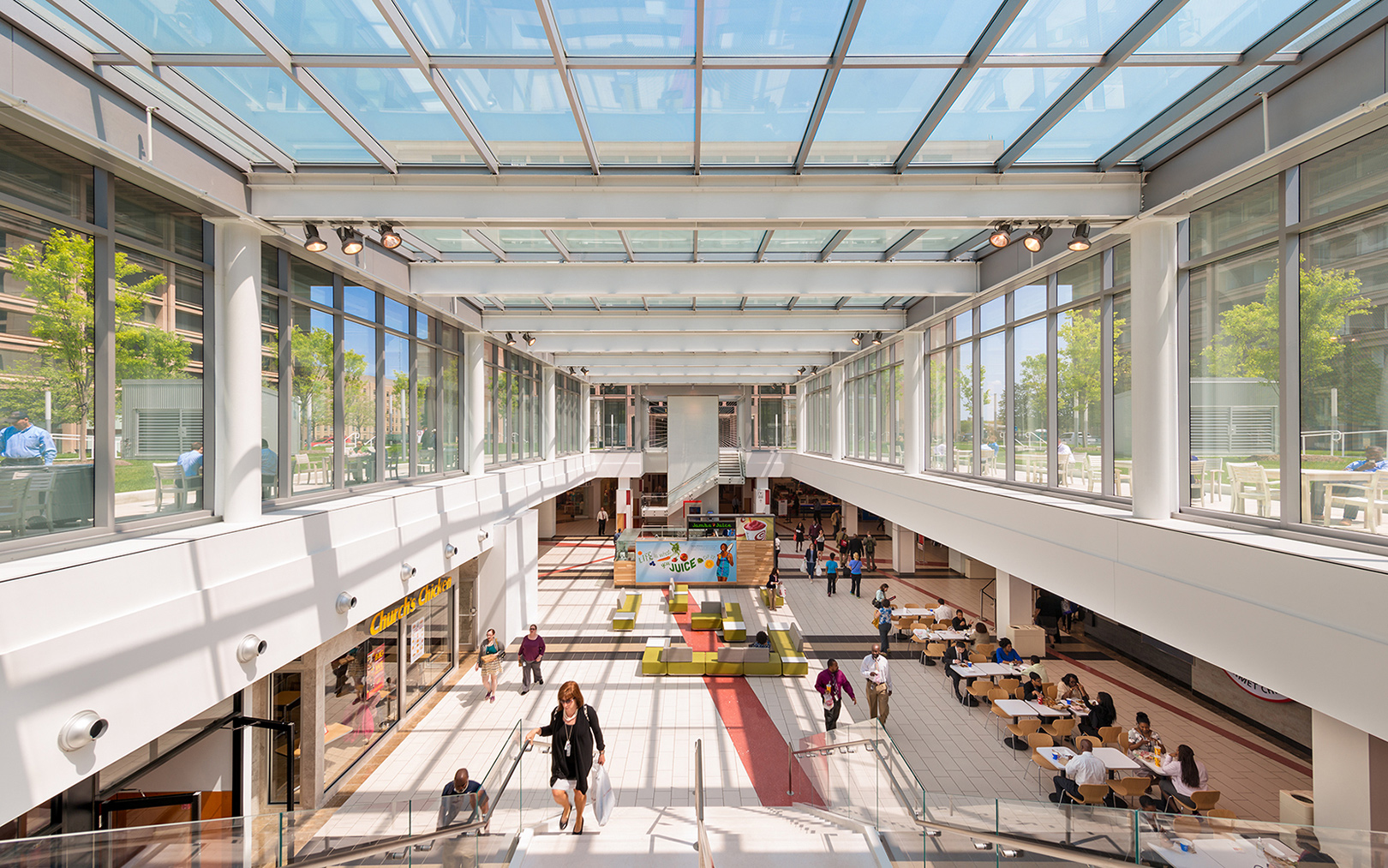
Opportunities Abound
While tenants may have closed-up shop, malls have again captured the eye of innovative urban planners, developers and design firms. Thanks to their inherently nostalgic community vibe and proximity to nearby urban and suburban locales, retail centers across the U.S. have the potential to be a key component within a new generation of adaptive reuse and mixed-use development models.
Designed to accommodate multiple tenants and uses, these properties are generally equipped with the acreage, square footage and infrastructure necessary to support a diverse collection of purposes. As such, they are aptly suited to bring together an exciting new array of commercial, retail and lifestyle functions within a centralized location. Emerging uses for spaces within or adjacent to redeveloped shopping mall facilities include:
- Multi-tenant office suites
- Service-oriented suites, medical offices, clinics, Department of Motor Vehicles registration renewal centers, etc.
- Civic spaces, library branches, post offices, etc.
- Urban technology & research centers
- Educational (satellite) campuses
- Entertainment destinations
- Lifestyle-focused environments
- Fitness centers
- Multi-family housing
- Warehouse and logistics facilities
- and much, much more
SmithGroup is partnering with clients in California, Arizona, Virginia and numerous places across the country to revive shopping and retail spaces and advance new models in adaptive reuse and mixed-use development. Following is a preview of a few recent adaptive reuse, redevelopment and repositioning initiatives that have been in the works.
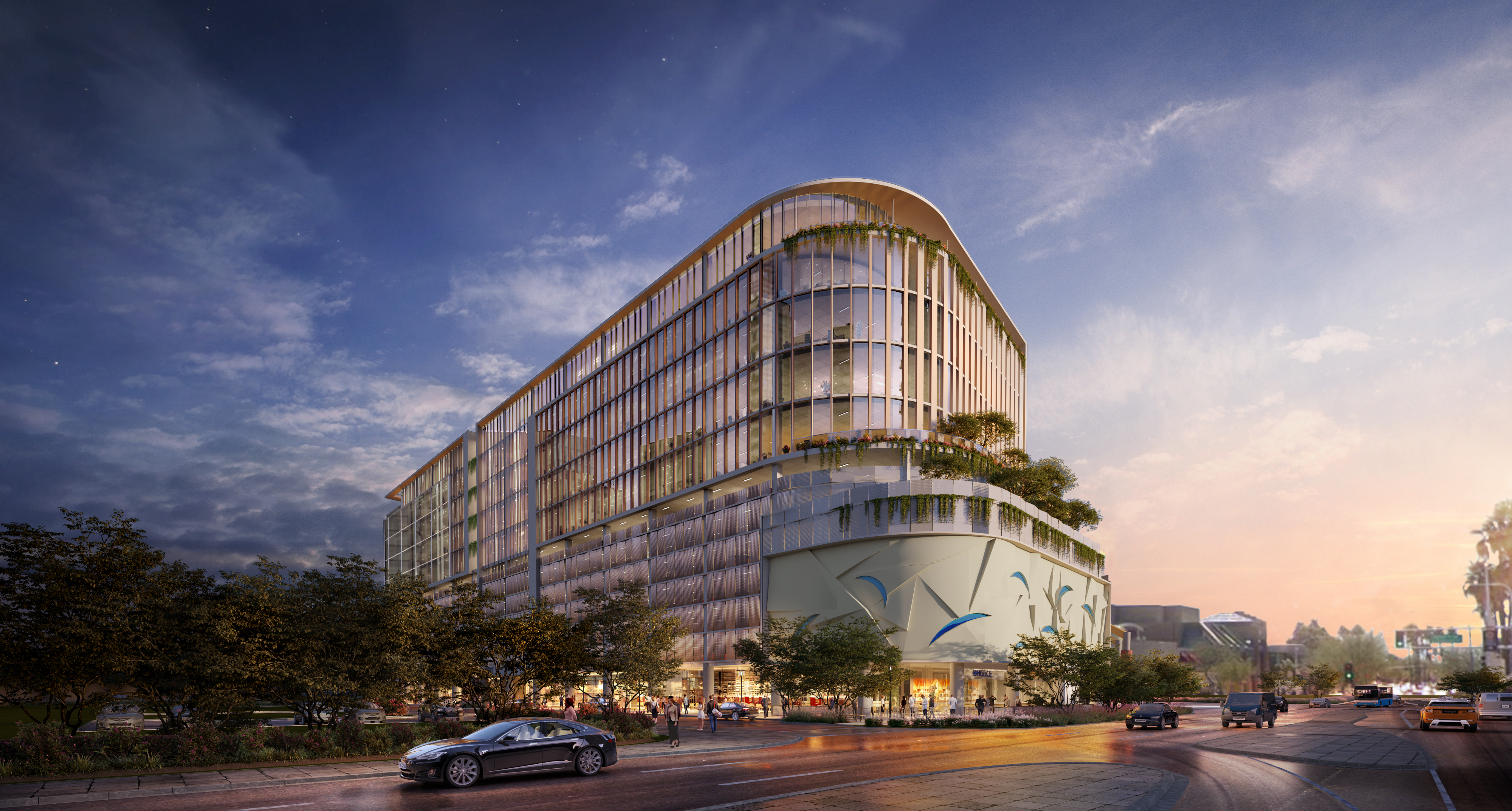
Urban Technology & Research Centers
One area where we see unique transformational opportunities for retail properties is in the creation of mixed-use technology-centered hubs.
Demand for life science and biotechnology spaces is predicted to rise following the COVID-19 pandemic. Shopping malls, with their expansive floorplates, elevated floor-to-ceiling heights and robust mechanical, electrical and plumbing services infrastructures provide a compelling canvas for transformation.
San Diego is one of the nation’s top-three life science clusters and home to a rapidly expanding footprint of tech firms. As such, it is poised for a surge in near- to long-term growth in this arena. Developers such as Stockdale Capital Partners are exploring opportunities to convert vacant retail spaces and anchor tenants to address market expansion needs.
SmithGroup’s design teams worked with Stockdale Capital Partners to study the redevelopment of portions of a former Nordstrom store as part of a $500 million mixed-use office and campus for elite technology tenants.
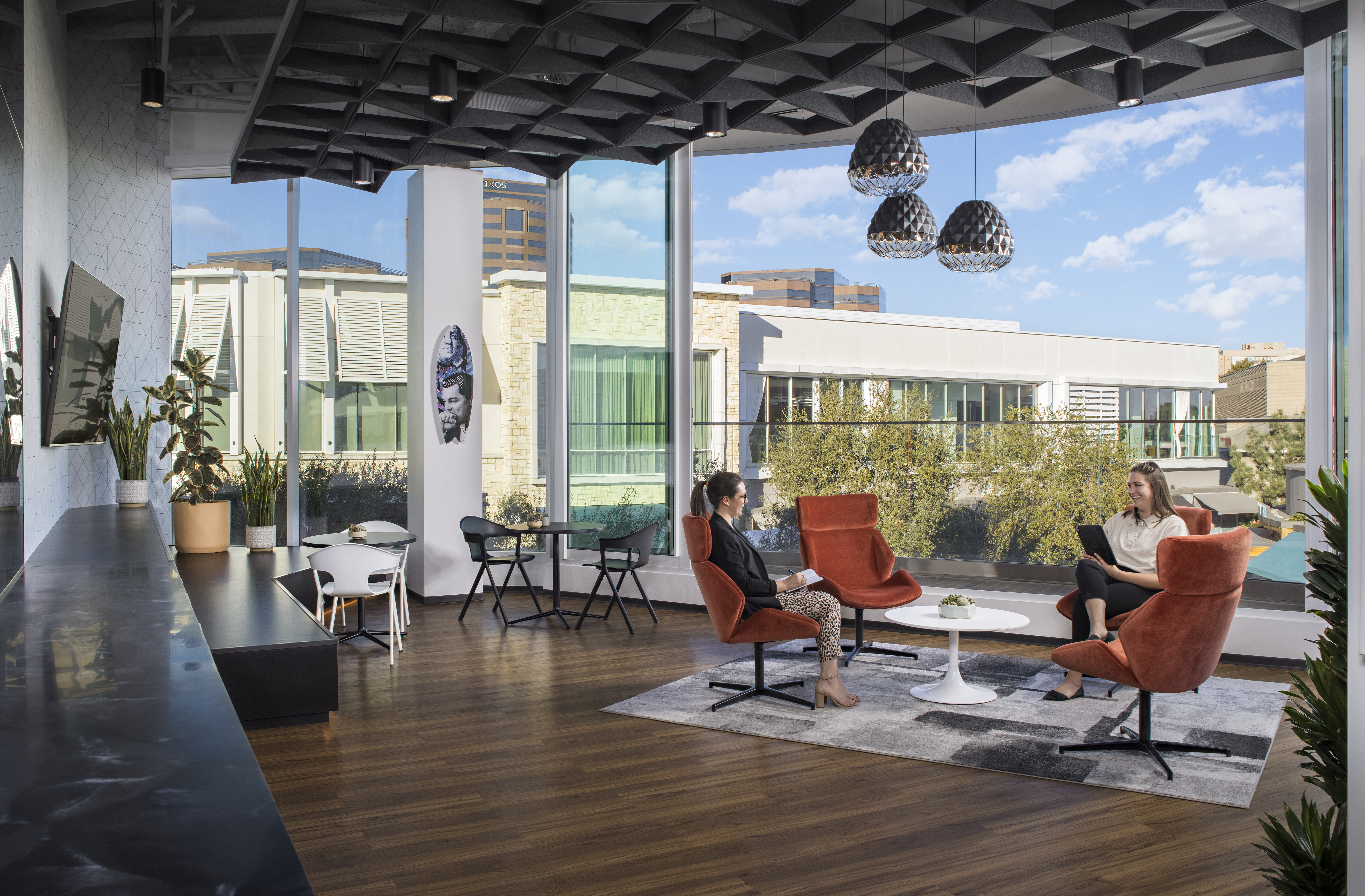
Non-Traditional Tenant Suites
For other organizations, the appeal of being co-located near the many amenities and services that redeveloping retail centers have to offer has made lease space within malls an attractive option.
“Some clients thrive on the energy and vibe that naturally accompanies being located within a retail environment,” says Megan Skaalen, Workplace & Mixed-Use Studio Leader at SmithGroup’s San Diego office. “Employees enjoy having access to the range of dining options and services that malls provide. There are so many opportunities to socialize and connect with one another before, during or after work.”
Work done for Dr. Multimedia, a digital marketing organization serving healthcare clients, is a great success story supporting this business model. Outfitting what was intended to become retail space within Westfield UTC, a high-end mall in La Jolla, California mall with lively hues, vibrant artwork and sleek furnishings was a perfect fit for this firm’s operations and team.
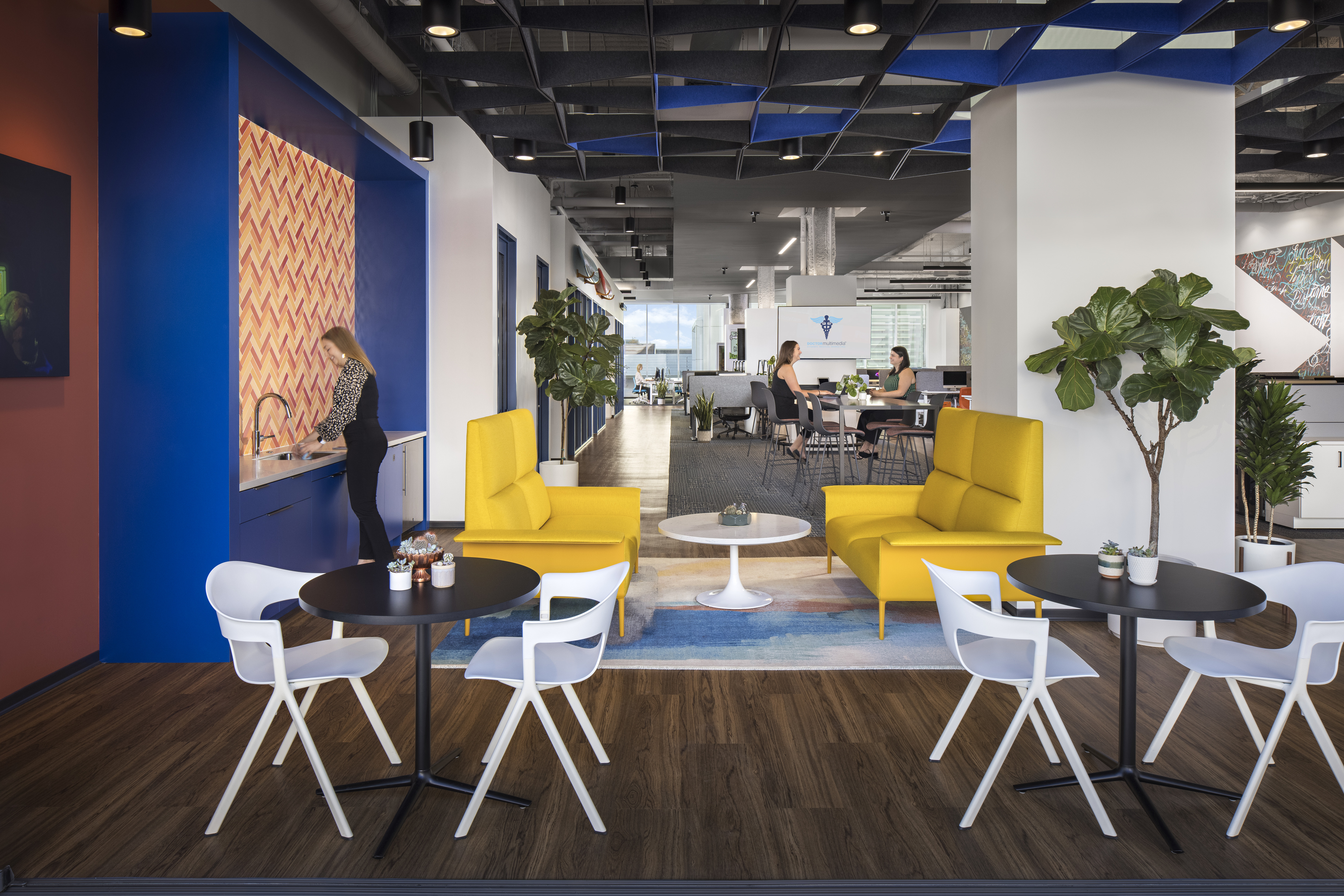
Amenity-rich entertainment destinations
While Americans have been spending more time shopping online and staying at home in recent years, the conversion of big box outlets, warehouses and other retail locations into state-of-the-art entertainment venues could also play a role in the redevelopment and transformation of shopping malls. These settings—filled with attractions and interactive games—would operate alongside other music, art, culture and dining establishments, creating a network of vibrant gathering spaces with multi-generational appeal.
“Advancements in technology and access to digital streaming, gaming platforms and high-tech equipment have made it easy for people to enjoy a broad range of entertainment opportunities from the comfort of their homes,” said Michelle Ray, Workplace & Mixed-Use Studio Leader at SmithGroup’s Phoenix office. “Yes, it’s convenient. But people still have an innate desire to connect with one another and participate in real, lasting, shared experiences that can’t be recreated at home.”
As we emerge from the COVID-19 pandemic, demand for human-centric, live and experiential entertainment opportunities are predicted to soar. From multi-sensory art installations, light shows and concerts to cooking and wine tasting classes, arcade-style game rooms, interactive themed hotels, and things we haven’t yet imagined, people will be in search of places and activities that provide memorable, immersive experiences. Shopping malls of the past have great potential to house these destinations of the future.
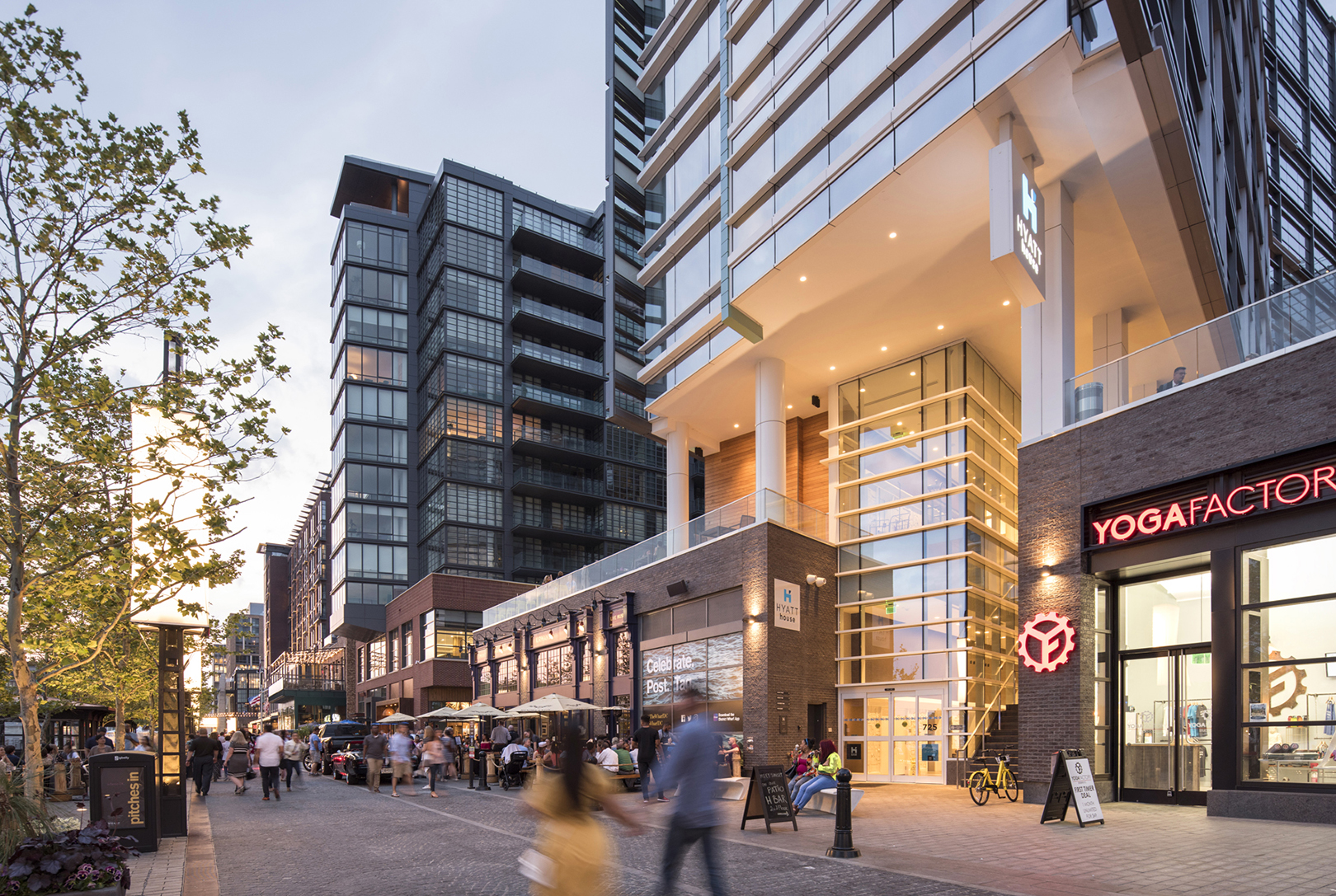
Lifestyle-focused environments
Planners, designers and developers continue to see rising demand in both urban and suburban centers for mixed-use spaces that conveniently bring together residential, commercial, retail, entertainment and experiential opportunities—ideally within walkable distances. Some contend that shopping malls could be converted to serve as an integral component of such developments. Perhaps they could be outfitted with offices or shared co-working spaces that are adjacent to new residential developments.
Warehouse & Logistics Centers
Now, this topic tends to spark a great deal of debate within the design and development community. Organizations like Amazon have been snapping up shuttered malls and converting them into warehouse and distribution centers that support supply chain and fulfillment processes. Some of our design and development colleagues and partners support this model, citing that the transformed facilities play an important role in a region’s economic engine. Others vehemently oppose the process of converting malls into fulfillment centers, arguing that it is a disservice to communities, robbing residents of important and much needed community and gathering spaces.
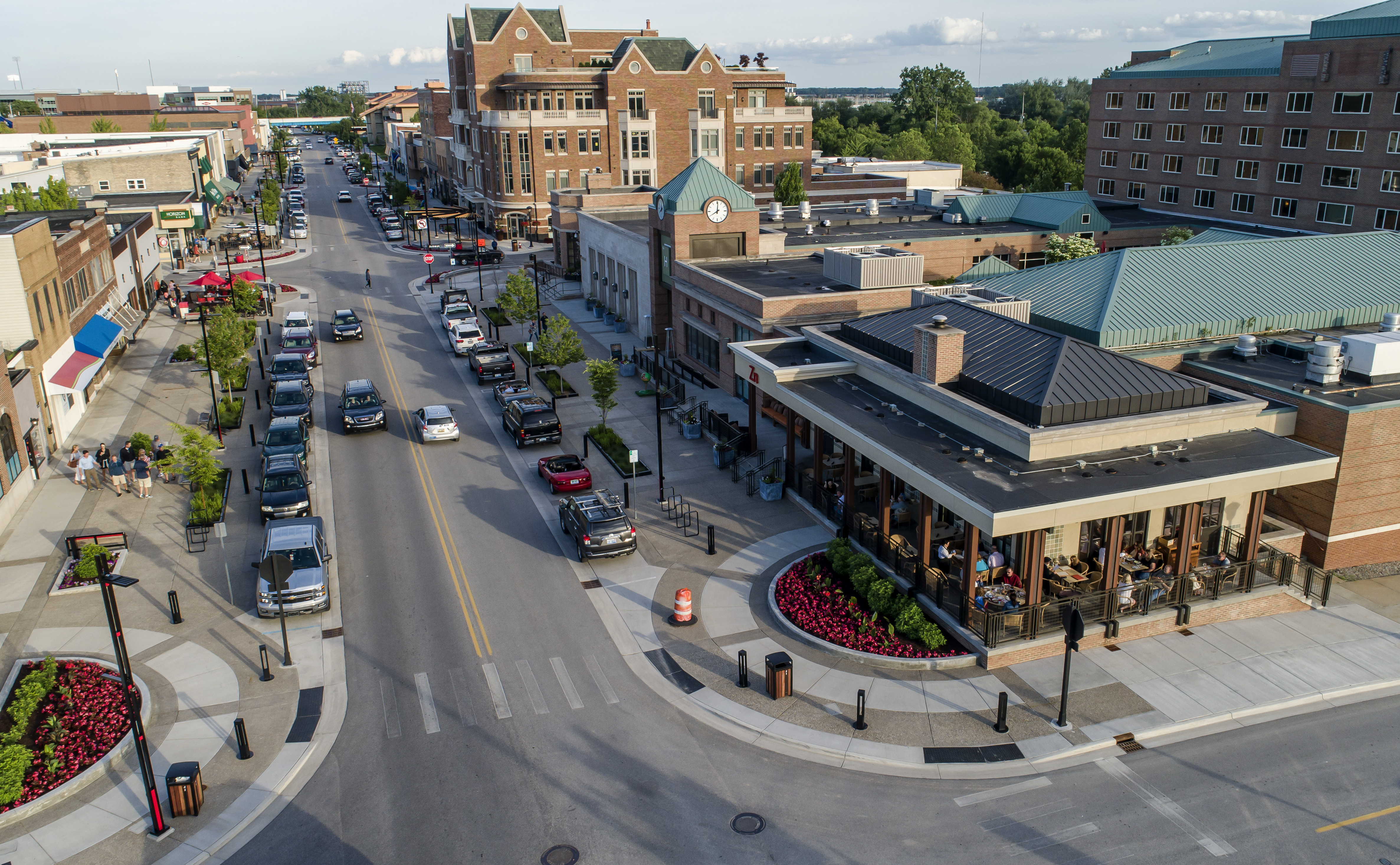
More from Author
SmithGroup | Oct 28, 2024
A case for mid-rise: How multifamily housing can reshape our cities
Often referred to as “five-over-ones,” the mid-rise apartment type is typically comprised of five stories of apartments on top of a concrete “podium” of ground-floor retail. The main criticism of the “five-over-one” is that they are often too predictable.
SmithGroup | Mar 28, 2023
Inclusive design requires relearning how we read space
Pulling from his experience during a campus design workshop, David Johnson, AIA, LEED AP, encourages architects to better understand how to design spaces that are inclusive for everyone.
SmithGroup | Feb 27, 2023
Surfing the Metaversity: The future of online learning?
SmithGroup's tour of the Metaversity gives us insight on bringing together physical and virtual campuses to create a cohesive institution.
SmithGroup | Nov 28, 2022
Data centers are a hot market—don't waste the heat!
SmithGroup's Brian Rener shares a few ways to integrate data centers in mixed-use sites, utilizing waste heat to optimize the energy demands of the buildings.
SmithGroup | Aug 3, 2022
Designing learning environments to support the future of equitable health care
While the shortage of rural health care practitioners was a concern before the COVID-19 pandemic, the public health crisis has highlighted the importance of health equity in the United States and the desperate need for practitioners help meet the needs of patients in vulnerable rural communities.
SmithGroup | May 17, 2021
Future pandemic preparedness at the medical district scale
The current COVID-19 pandemic highlights the concern that we will see more emergency events in the coming years.
SmithGroup | Jan 25, 2021
Amid pandemic, college students value on-campus experience
All the students we interviewed were glad that they returned to campus in one form or another.
SmithGroup | Aug 13, 2020
Renewing the healing role of public parks
While we can’t accurately predict all the ways we will respond to the current COVID-19 pandemic, it should provide a moment of reflection as we see all too clearly the consequences of our exploitation and destruction of nature.
SmithGroup | Jul 21, 2020
How design of senior living communities must change after COVID-19
The cost of maintaining high quality of care and high quality of life for senior living communities has increased up to 73% for senior living communities that remain free of COVID-19 and up to 103% for COVID-19 positive senior living communities.
SmithGroup | Jun 12, 2020
How will museums change after COVID-19
This new environment may herald innovative economic models and change the way we think about museum design.







